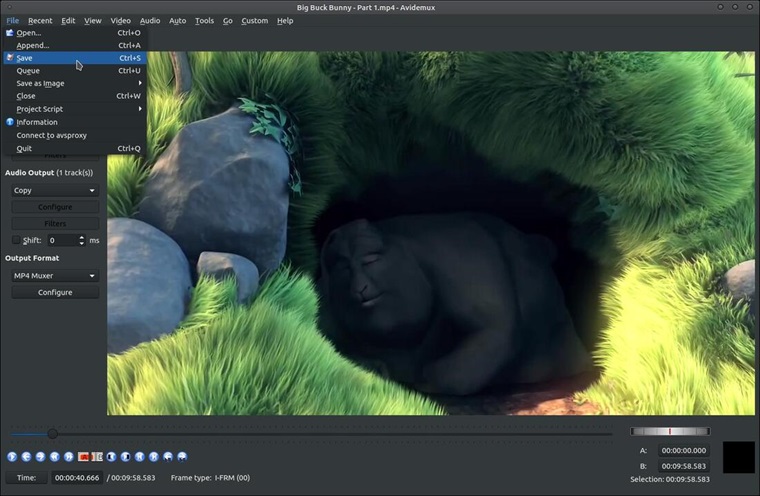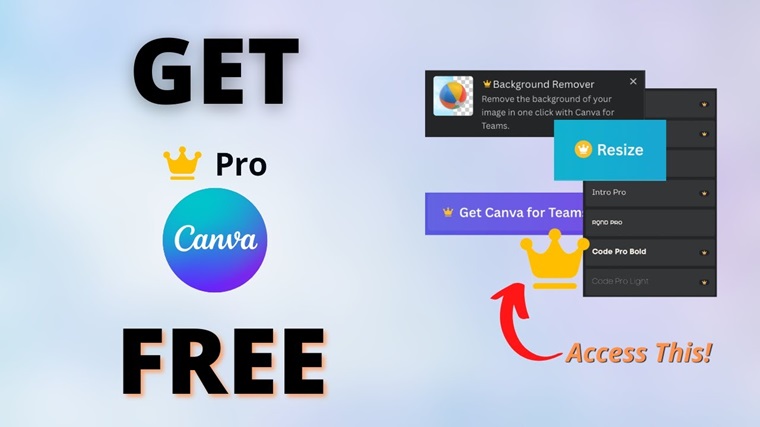Are you using Avidemux, the free and powerful video editor, to create awesome clips? If so, you might have come across two confusing options when exporting your videos: MP4 and MP4v2. Don’t worry, you’re not alone! This article will explain everything you need to know about these formats clearly and simply, even if you’re a complete beginner.
What is a Video Format?

Imagine a video of a delicious pizza. The toppings and the crust are the actual video and audio data, but you also need a box to hold it all together and keep it safe. That box is the video format, like MP4 or MP4v2. It tells other devices (like computers, phones, or TVs) how to understand and play the video properly.
Understanding MP4 and MP4v2:
Both MP4 and MP4v2 are popular video formats based on the same basic recipe. They can store both video and audio data, making them perfect for most situations. But there are some subtle differences between them, like the way they store the information or the features they support. Think of it like two different pizza boxes!
- MP4: This is the “classic” MP4 format. It’s widely supported by almost all devices and players, making it a safe choice for general use. Imagine it as the standard pizza box you see at most restaurants – everyone knows how to open it and enjoy the deliciousness inside!
- MP4v2: This is a more advanced version of MP4. It offers some additional features like smoother playback and compatibility with specific video codecs (like the way fancy restaurants might use a special box with a window to show off the beautiful pizza inside). However, MP4v2 might not be as widely supported by older devices.
Choosing the Right Format:
Now that you know the basics, let’s see which format is best for you
- Use MP4 if:
- You need to play your video on a variety of devices (computers, phones, TVs, etc.).
- You don’t need any advanced features.
- You prioritize compatibility over specific features.
- Use MP4v2 if:
- You’re working with a specific video codec that requires MP4v2 support.
- You need smoother playback for high-quality videos.
- You’re comfortable with the risk of some older devices not being able to play your video.
Here’s a handy table to summarize the key Differences
| Feature | MP4 | MP4v2 |
|---|---|---|
| Compatibility | Widely supported | May not be supported by older devices |
| Features | Basic | Offers additional features (depending on the codec) |
| Use Case | General use, sharing videos | Advanced editing, specific codecs |
Pros and Cons of Each Format:
MP4:
Pros:
- Universally supported – Plays on almost any device.
- Simple and reliable format.
- No need for advanced knowledge.
Cons:
- Fewer advanced features compared to MP4v2.
MP4v2:
Pros:
- Offers advanced features for specific needs.
- Can lead to smoother playback in certain situations.
Cons:
- May not be compatible with older devices.
- Requires some understanding of video codecs for optimal use.
What To Choose?
For most beginners, MP4 is the safest choice. It’s universally supported, easy to use, and perfect for everyday video editing tasks. However, if you’re an advanced user working with specific codecs or need smoother playback for high-quality videos, MP4v2 might be worth exploring, keeping in mind potential compatibility issues.
Avidemux and MP4/MP4v2 Changelog:
Avidemux, the video editor we mentioned earlier, has undergone various changes regarding MP4 and MP4v2 support over time. Here’s a simplified breakdown:
- Older versions: Avidemux might have offered separate options for MP4 and MP4v2.
- Current versions: Many current versions of Avidemux have simplified the process. They might offer a single “MP4” option with additional settings to choose between MP4 and MP4v2 functionality.
Always refer to the specific documentation of your Avidemux version for the latest details.








